When a child’s parents or caregivers use signs when that child speaks, he or she gets the chance to experience the word in a multi-sensory way.
That means that you get to hear the word as you say it, they get to see it as you sign it, they feel it as they sign it, and then finally, they’ll say it, eventually.
– Learn With Adrienne
The earliest words to appear in a young child’s vocabulary are often nouns – words that represent familiar people, food, toys, body parts, animals, clothes, etc.
Infants and toddlers start to understand language contextually, meaning that the words a baby first says are often contextually based in familiar environments with familiar partners, and/or based on that child’s preferences.
For instance, my own son’s first word was “banana,” his favorite food, followed soon after by “dog” – an animal in which he seemed particularly interested from about the age of 9 months.
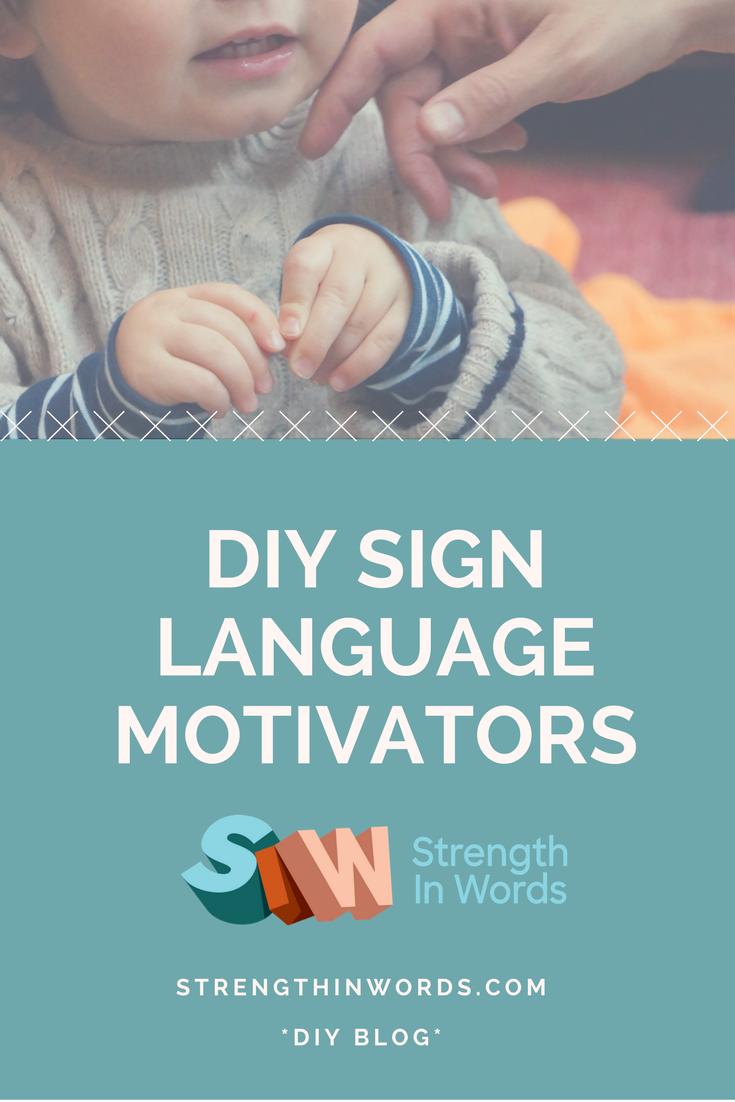
Other common first words include greetings (hi/bye) or the word, “no!” – but this brings us to the fact that representational gestures such as waving (to greet) or nodding/shaking of the head (for yes/no) – which are, of course, the gestural form of greetings and the word, “no,” often start to develop before a child can coordinate the very fine motor skills required to speak.
In my conversation with Adrienne (a pediatric speech-language pathologist) of Learn With Adrienne in this week’s corresponding Learn With Less podcast episode, “Why Sign?” I explored with her some basic facts about using Sign Language with young children.
We also reviewed the research about how the encouragement of gestural communication in very young children can facilitate the learning of spoken language, both in “hearing” children who are moving along a typical progression of development as well as those with (or at risk of) developmental delays.
Adrienne, who specializes in working with young children with speech and language delays and disorders, has developed a wonderful online presence helping Sign Language “beginners” of all kinds (parents, caregivers, educators, and therapists) take the plunge into learning Sign Language.
During our conversation, Adrienne mentioned that parents and caregivers who are interested in facilitating their young child’s use of Sign Language might follow the course of typical spoken language development when choosing signs to start modeling to their infants and toddlers.
As I mentioned above, nouns are the most common “first words” to appear in a young child’s vocabulary. But, just as we don’t use only nouns in our everyday speech, we don’t necessarily have to model the sign for only these – especially for a child who is exhibiting language delays.
Other categories of typical early developing words include verbs (action words), time words, prepositions, social function words, and adjectives (describing words).
If you’re really interested in signing to connect, I highly suggest you consider committing to her FANTASTIC, full online course, “Sign Language In 30 Days,” available here. (I think it’s such a great resource, I became an affiliate for the course!)
Place your own Sign Language Motivators around the house in areas where you often use those words, or in a high-traffic area (like the refrigerator!) where you’ll see them often!
Sign Language Motivators

Want to start signing with your little one? Here are 10 Sample Signs consisting of nouns, verbs, time words, prepositions and social function words - to get you started!

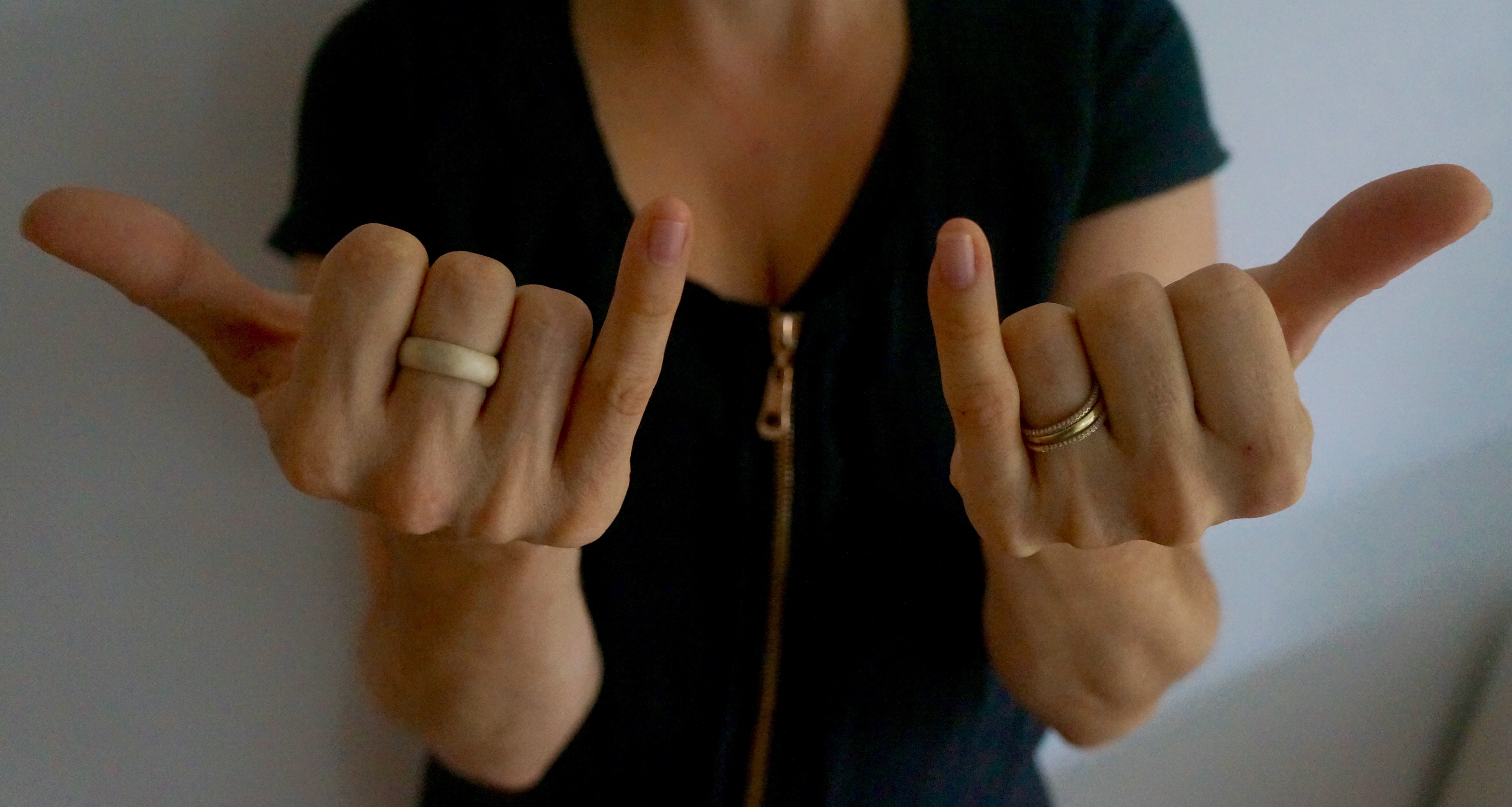
Don't Miss our Corresponding Podcast Episode!

Materials to create your DIY Sign Language Motivators
- 10 sample “Sign Language Motivators” download (available below!) for some beginning ideas of signs you might start to model to your infant or toddler. These words come from the following semantic (vocabulary) categories:
- NOUNS
- Animals
- Vehicles
- Toys
- Food & Drink (for additional ideas, take Adrienne’s free course!)
- Games / Routines
- VERBS
- TIME WORDS
- PREPOSITIONS
- SOCIAL FUNCTION WORDS
- NOUNS
Instructions to create your DIY Sign Language Motivators
- Download your “Sign Language Motivators” and print them out
- Place the images on your refrigerator or somewhere else you might often pass by – ALTERNATIVELY, cut each one apart individually and place them around your home in areas you might often find the object or where you might use that word (for instance, the preposition I include is the word “off,” so you might place it by a lamp) – this will remind and motivate you, the parent/caregiver, to use the sign whenever you use the spoken word with your child!
- To use them, I encourage you follow Adrienne’s suggestions from the podcast, which include:
- Repetition
- Say the word aloud as you sign it (pair the verbal model with the gestural model)
- If they appear to need assistance, help them make the hand shapes (allowing them opportunity to attempt on their own first!) – remember, they’re not going to sign after the first time they see you do it, just as they won’t say a word the first time they hear it! This is why the first two recommendations are crucial!
- Make it motivating – play to their interests! My nephew was fascinated by lights turning on and off when he was about 10 months old – we modeled the signs for on and off, created moments where the whole activity was turning lights on and off, and said the words, paired with the sign, each time we did so! He loved it! (Can you guess what his first word was? Yup, “off!”)
This post contains affiliate links. All activities described by Learn With Less assume close and continuous supervision of the child by an adult.
Sign Language Motivators

Want to start signing with your little one? Here are 10 Sample Signs consisting of nouns, verbs, time words, prepositions and social function words - to get you started!
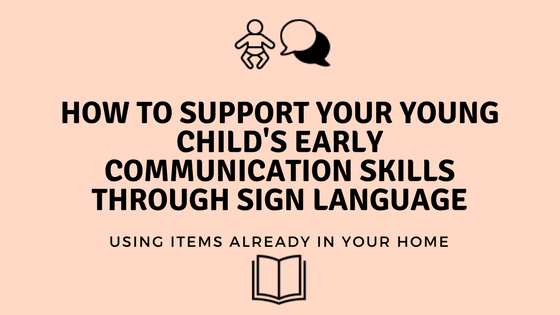
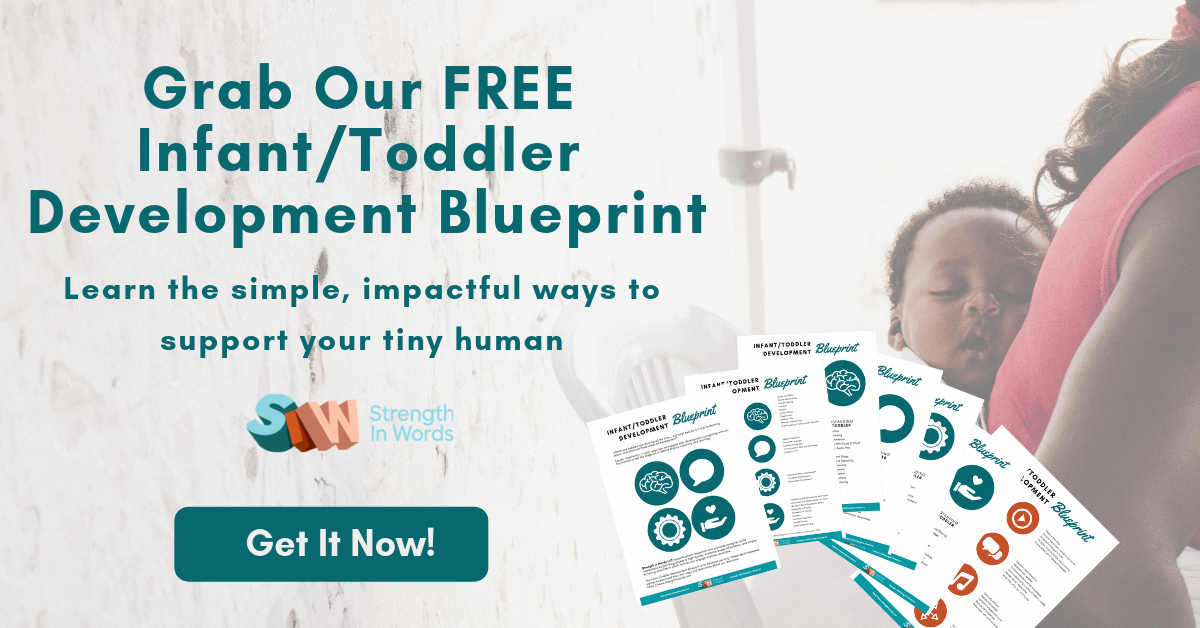
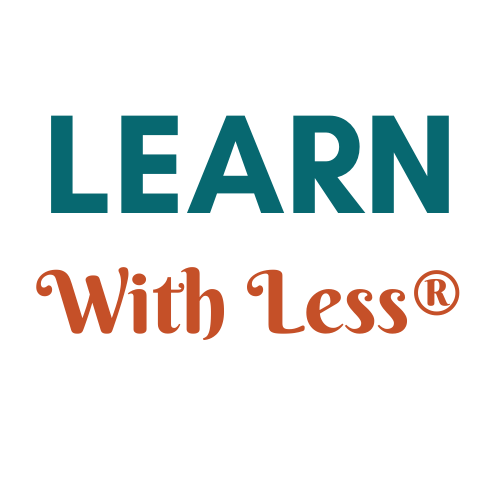
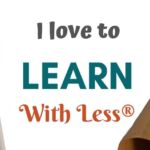





I like the idea of placing the signs around the house to bring them into everyday use. #ToddlerApprovedTuesday
Yes! We often use visual reminders for little ones, but we as adults can certainly benefit from them, too!!! (I know it helps me!)
Thanks for reading!